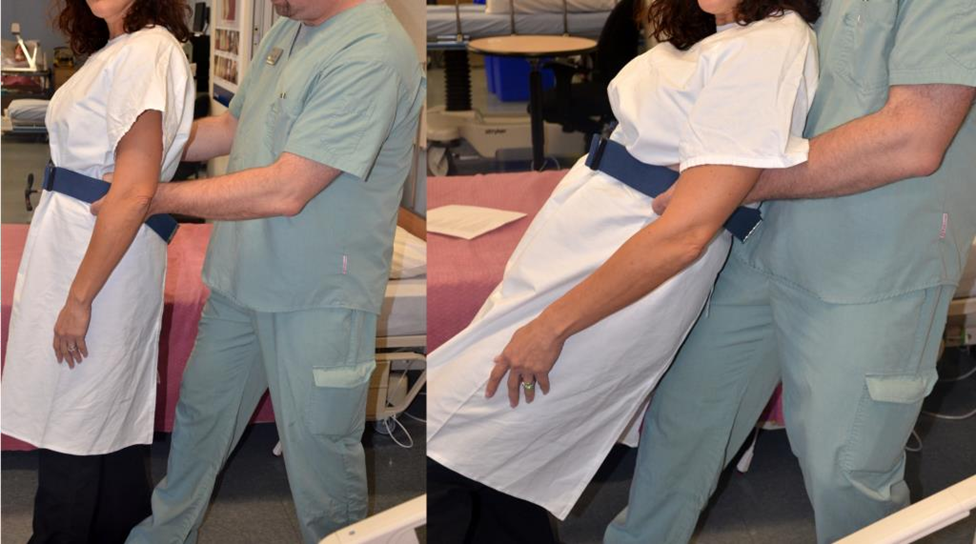A nurse is reinforcing teaching with a newly licensed nurse about orthostatic hypotension. Which of the following information should the nurse include?
Orthostatic hypotension increases a client's risk of a fall.
Orthostatic hypotension is indicated by a decrease in systolic blood pressure of 10 mm Hg.
Orthostatic hypotension increases a client's risk of a pulmonary embolism.
Orthostatic hypotension is indicated by a decrease in diastolic blood pressure of 5 mm Hg.
The Correct Answer is A
A. Orthostatic hypotension is characterized by a drop in blood pressure upon standing,
which can lead to dizziness or lightheadedness and increase the risk of falls, especially in older adults.
B. Orthostatic hypotension is typically indicated by a decrease in systolic blood pressure of at least 20 mm Hg or a decrease in diastolic blood pressure of at least 10 mm Hg
within 3 minutes of standing up.
C. Orthostatic hypotension does not directly increase the risk of a pulmonary embolism.
A pulmonary embolism is a separate medical condition involving a blockage in one of the pulmonary arteries in the lungs.
D. Orthostatic hypotension is typically indicated by a decrease in systolic blood pressure, not diastolic blood pressure.
Nursing Test Bank
Naxlex Comprehensive Predictor Exams
Related Questions
Correct Answer is B
Explanation
A. Keeping the back bent while lowering the patient is not the most appropriate postion.
B. when a patient begins to fall, it is important to control the descent to minimize injury.
The nurse should widen their stance, bring the patient's body close to provide support, bend their knees, and use the strength of their thighs to lower the patient to the ground safely.

C. Keeping the knees straight while lowering the patient increases the risk of strain or injury to the nurse's back.
D. Holding the patient upright may not be feasible if the patient is already falling, and attempting to do so may result in injury to both the patient and the nurse.
Correct Answer is B
Explanation
A. Standing close to the patient is a recommended practice to maintain proximity and control during patient transfers. This action is appropriate and does not require
intervention.
B. Twisting at the torso can lead to strain or injury to the nurse's back. It is essential to avoid twisting while performing patient transfers to maintain proper body mechanics and prevent injury.
C. Maintaining a wide base of support is important for stability and balance during patient transfers. This action is appropriate and promotes safe transfer techniques.
D. Using proper body mechanics is crucial for preventing injury during patient transfers.
However, the specific concern in this scenario is twisting at the torso, which can lead to strain or injury, rather than overall body mechanics.
Whether you are a student looking to ace your exams or a practicing nurse seeking to enhance your expertise , our nursing education contents will empower you with the confidence and competence to make a difference in the lives of patients and become a respected leader in the healthcare field.
Visit Naxlex, invest in your future and unlock endless possibilities with our unparalleled nursing education contents today
Report Wrong Answer on the Current Question
Do you disagree with the answer? If yes, what is your expected answer? Explain.
Kindly be descriptive with the issue you are facing.
